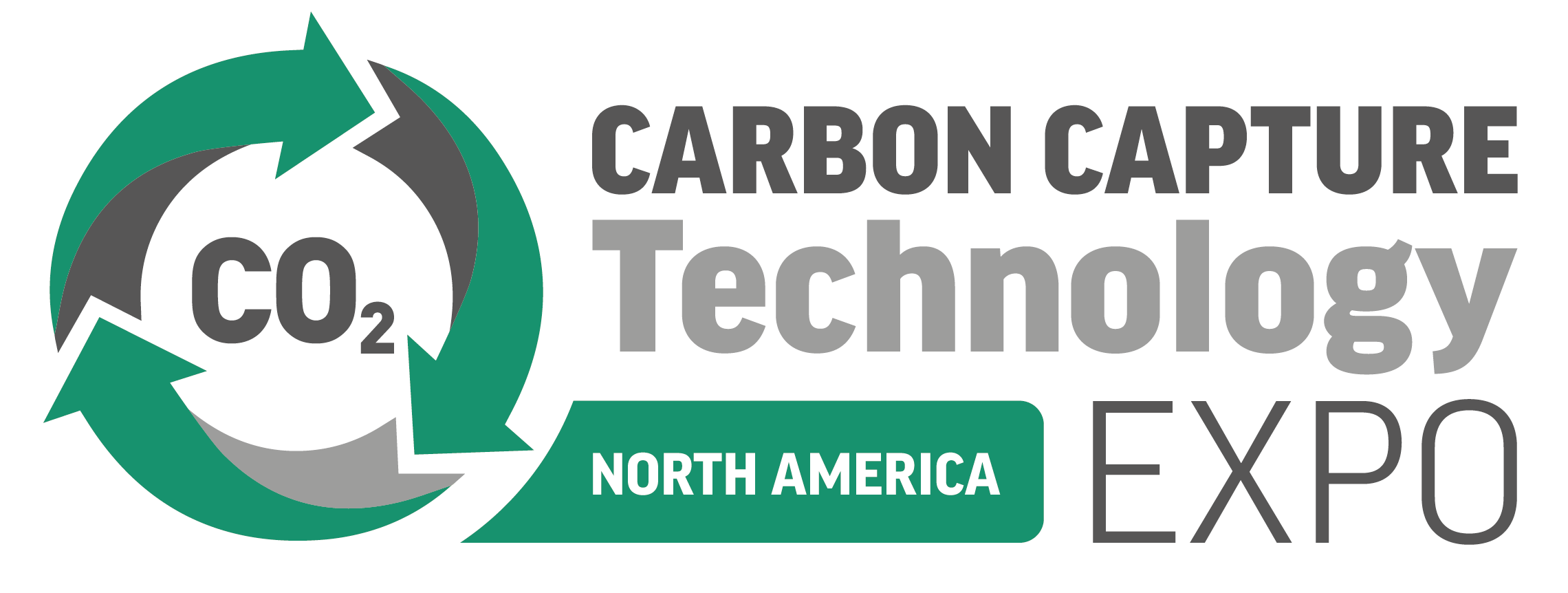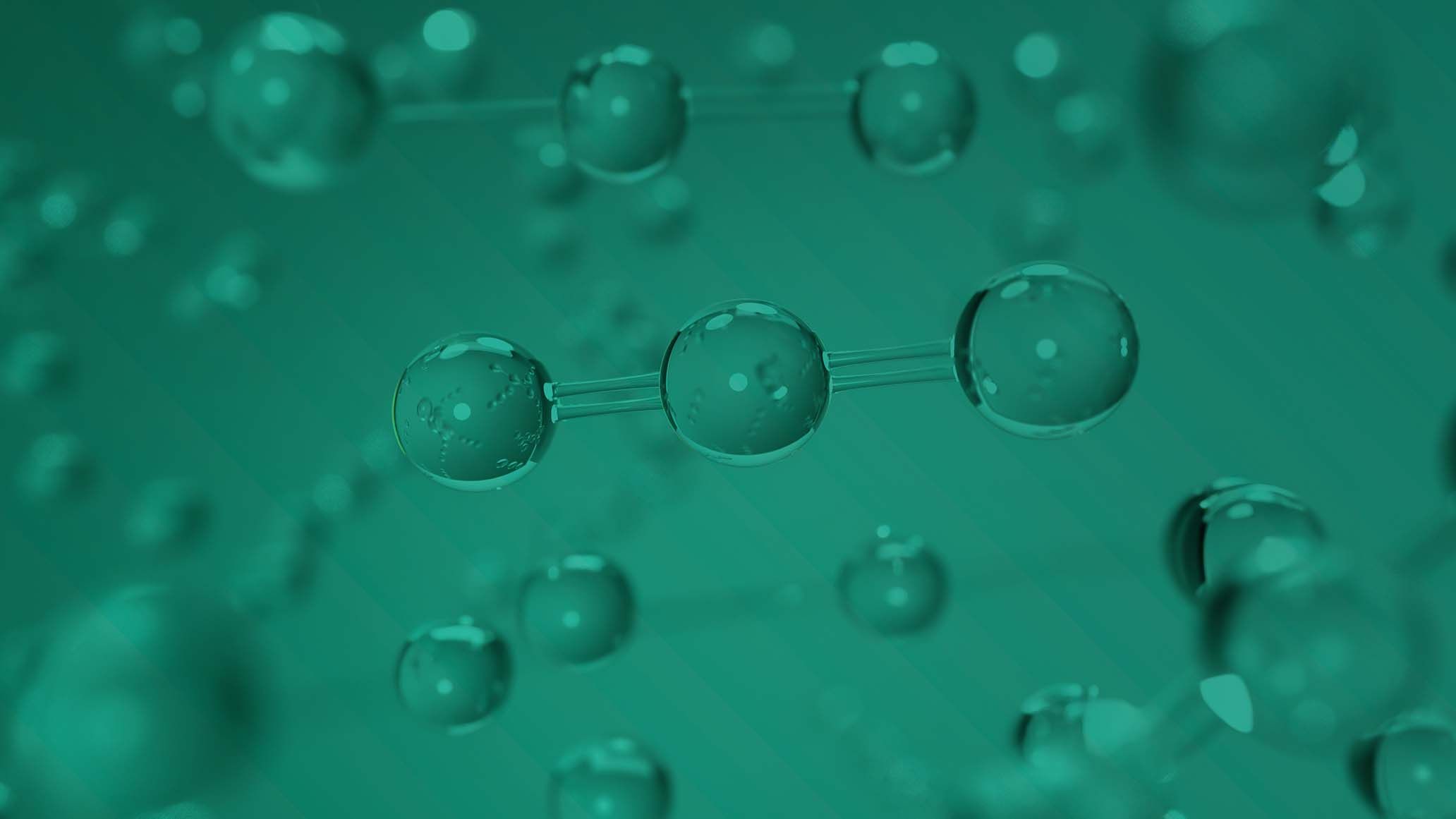Mitsubishi will supply Co2 technology to the HyNet project
)
It has been decided that the low carbon hydrogen production plant which is being built in Chesire by EET Hydrogen, will receive its carbon capture technology from Mitsubishi Heavy Industries.
At the beginning of this project, the UK Government’s Department for Energy Security and Net Zero (DESNZ) chose two clusters, which were HyNet and East Coast and these became Track 1 projects. Now the Hydrogen Production Plant (HPP2) project has become a development of the Hydrogen Production Plant 1 (HPP1) which is scheduled for construction, through it being part of the large-scale low carbon hydrogen plant infrastructure. This project was planned by EET Hydrogen within the HyNet cluster.
The HPP2 is due to be based at the Stanlow Manufacturing Complex, where it will be constructed in the area that already hosts one the of the UK’s leading refineries. This project is owned by EET Hydrogen, KBR, Ltd. This company will provide hydrogen production process technology, as well as the front-end engineering design (FEED).
The agreement that has been created encompasses a clause that states that MHI will license its ‘Advanced KM CDR Process™’ carbon dioxide capture technology. This technology was developed through a collaboration between MHI and Kansai Electric Power Co., Inc., and MHI has also agreed to supply the process design package, which is intended for the new post combustion carbon capture plant.
The expectation is that the HPP2 project will be capable of producing an annual hydrogen capacity of around 230,000 tonnes. This ability will make the plant the UK’s largest-scale low carbon hydrogen plant, once it enters operations. HPP2 is viewed as a key pillar of the HyNet CCUS cluster, as the benefits it will be able to provide are huge. The plant will have the ability to capture Co2 and then this captured Co2 will be permanently stored within the depleted gas fields that are located under the sea within Liverpool Bay.



)
)
)
)
)
)
)



)
)
)
)
)
)
)
)
)
)
)
)
)
)

)

)
)
)

)
)
)
)
)
)
)
)
)
)
)

)

)
)
)
)
)
)
)
)
)


)
)
)

)
)
)

)
)
)
)
)

